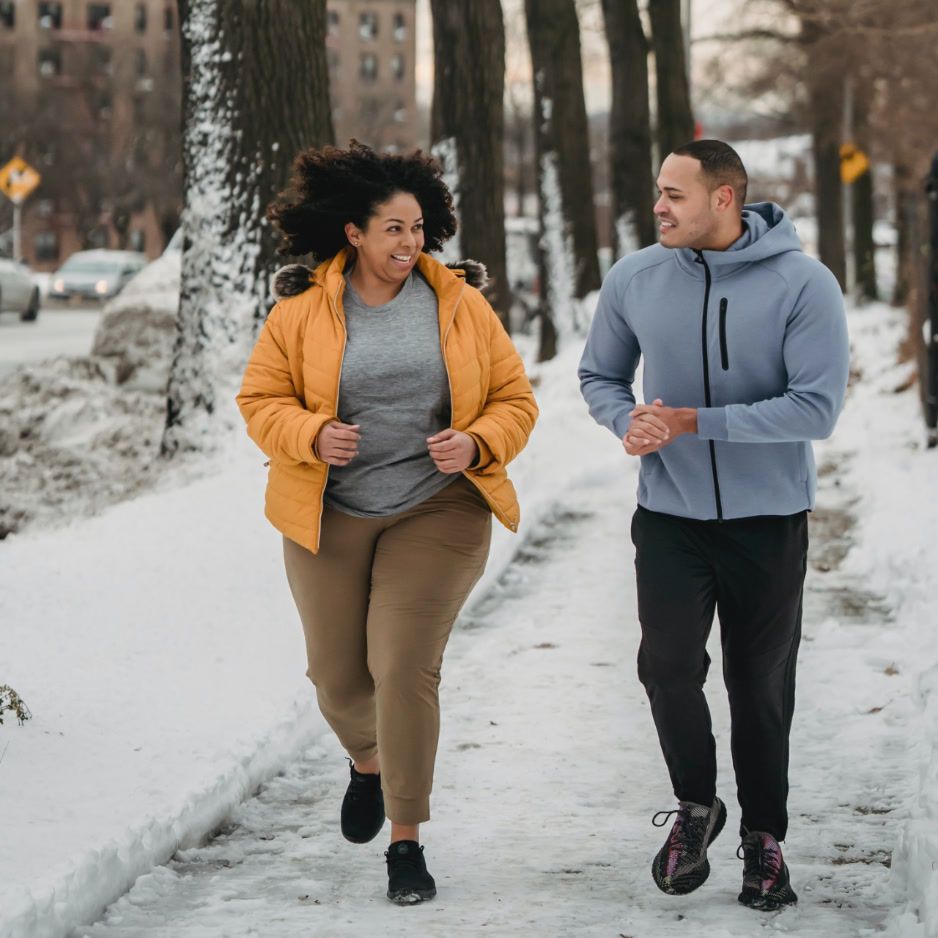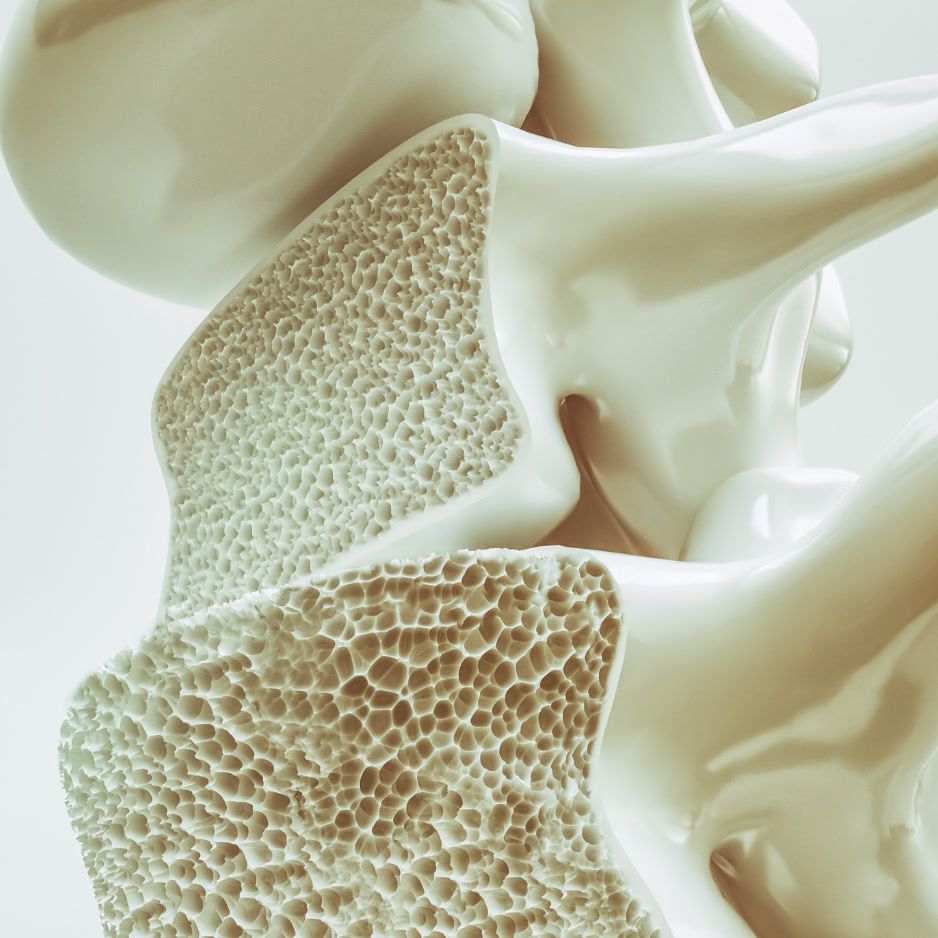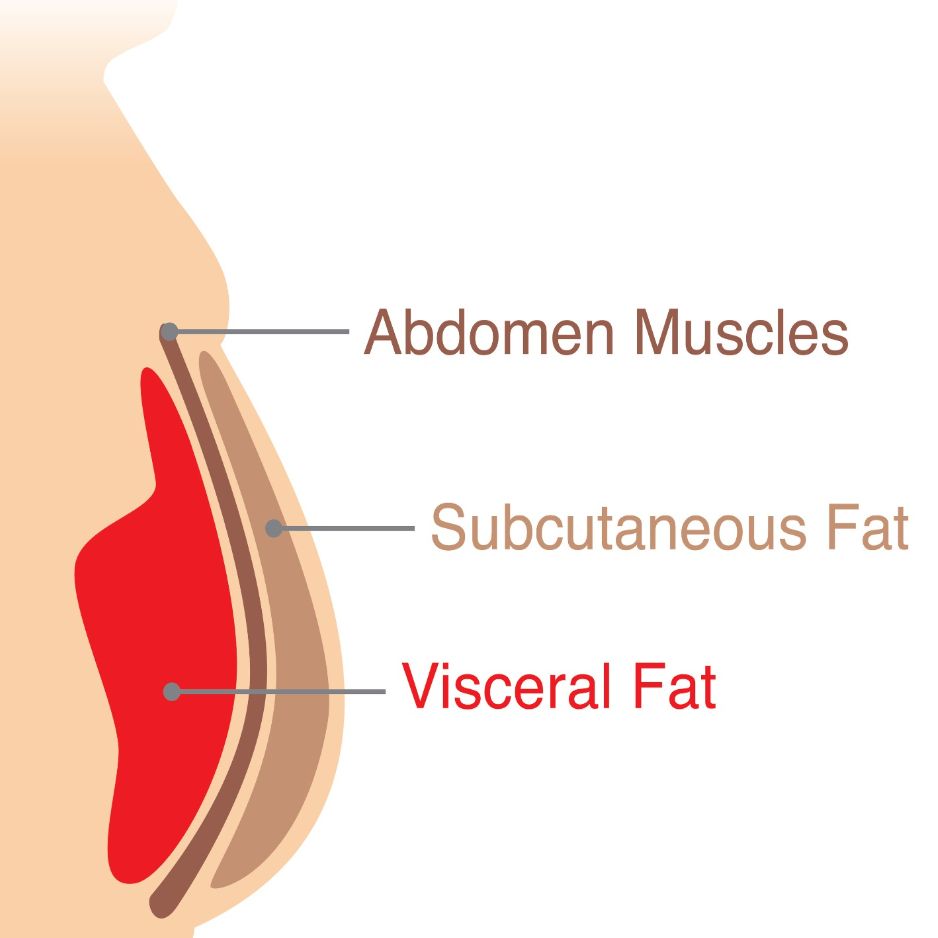Plantar Fasciitis Exercises: 7-Day Pain Relief Plan
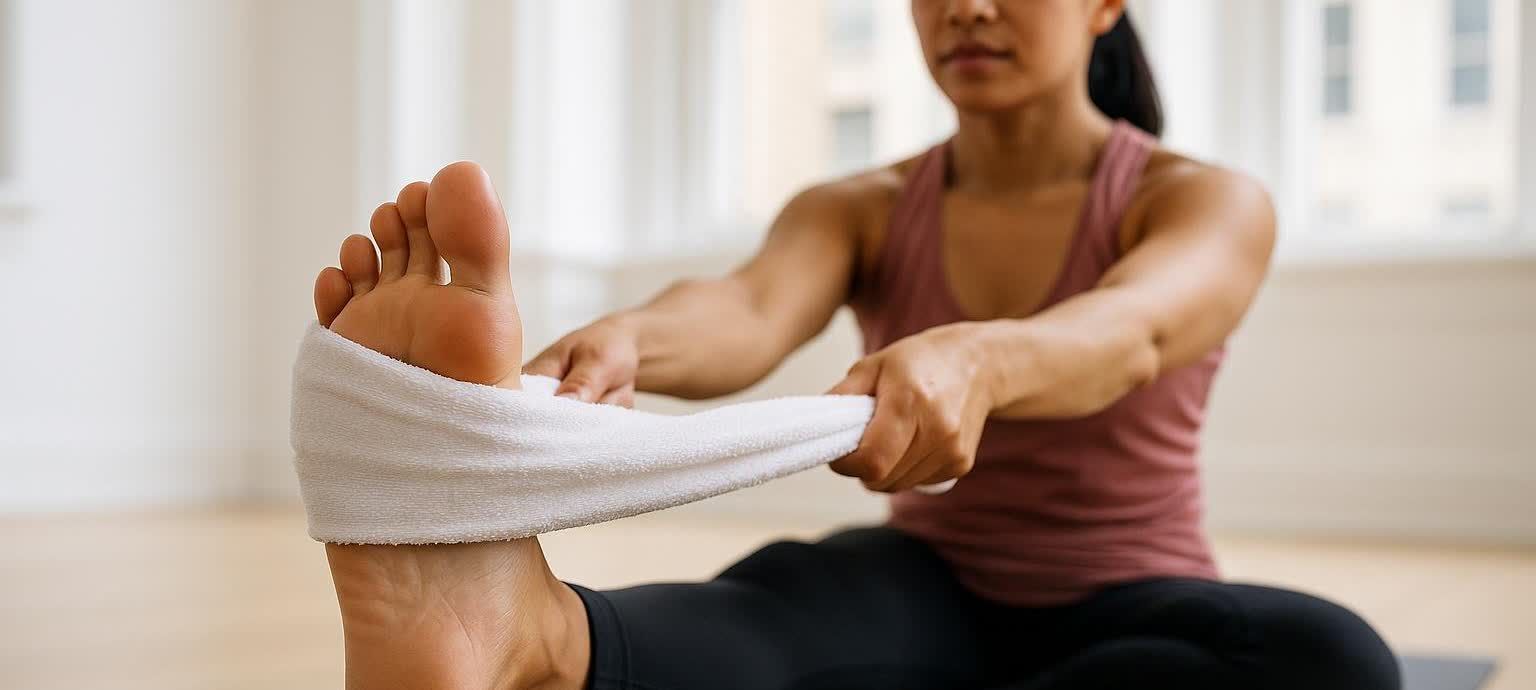
Plantar Fasciitis Exercises: 7-Day Pain Relief Plan
The sharp, stabbing heel pain with your first steps in the morning is a hallmark sign of plantar fasciitis (PF). The good news? A science-backed mix of stretching, strengthening, and self-massage can start easing that ache within a couple of weeks (see the APTA’s ChoosePT guide).
Use the 7-day progressive routine below to start today—no gym, fancy gear, or painful “push-through-it” mindset required.
Quick disclaimer: If your pain is severe, lasts > 3 months, or you notice numbness, swelling, or fever, check with a healthcare professional before beginning any exercise program.
Table of Contents
- Why Exercise Helps Plantar Fasciitis
- Anatomy 101: What’s Hurting & Why
- 7-Day Program Overview
- Detailed Exercise Library & Modifications
- Common Mistakes & Lifestyle Tweaks
- When to See a Pro + FAQ
1. Why Exercise Helps Plantar Fasciitis
The plantar fascia is a thick band of connective tissue running from your heel to your toes. Repetitive overload—think new mileage for runners or long retail shifts—creates tiny tears and inflammation. Targeted stretching and strengthening reduce that load, improve tissue tolerance, and speed healing.
- Evidence: Both stretching and strengthening programs significantly lowered pain scores and improved walking mechanics in an 84-person randomized trial.
- A 2020 systematic review found that plantar fascia–specific stretching outperformed generic calf stretching for short-term pain relief.
2. Anatomy 101: What’s Hurting & Why
- Calf complex (gastrocnemius & soleus): Tight calves limit ankle dorsiflexion, forcing the plantar fascia to compensate.
- Plantar fascia: Connects the heel (calcaneus) to the toes, supporting the arch like a shock-absorbing bowstring.
- Foot intrinsic muscles: Small stabilizers that, when weak, transfer extra stress to the fascia.
- Achilles tendon: Shares fibers with the plantar fascia; stiffness here can amplify heel strain.
- Unsupportive footwear & gait factors: Worn-out soles, high heels, sudden transitions to minimalist shoes, or over-pronation twist the fascia with every step.
(Source: Mayo Clinic overview of plantar fasciitis)
3. 7-Day Program Overview
To get started, follow these ground rules:
- Rate your pain (0–10). Keep exercises nearly pain-free (< 3/10 during and after).
- The plan’s schedule targets pain spikes with distinct morning, midday, and evening routines.
- Slow tempo. Stretch to mild tension—never sharp pain—and hold 30 s unless noted. Strength moves: slow 2-second up / 3-second down.
- Progress weekly. After you finish the 7-day schedule with pain ≤ 2/10, add reps or advance variations in Week 2.
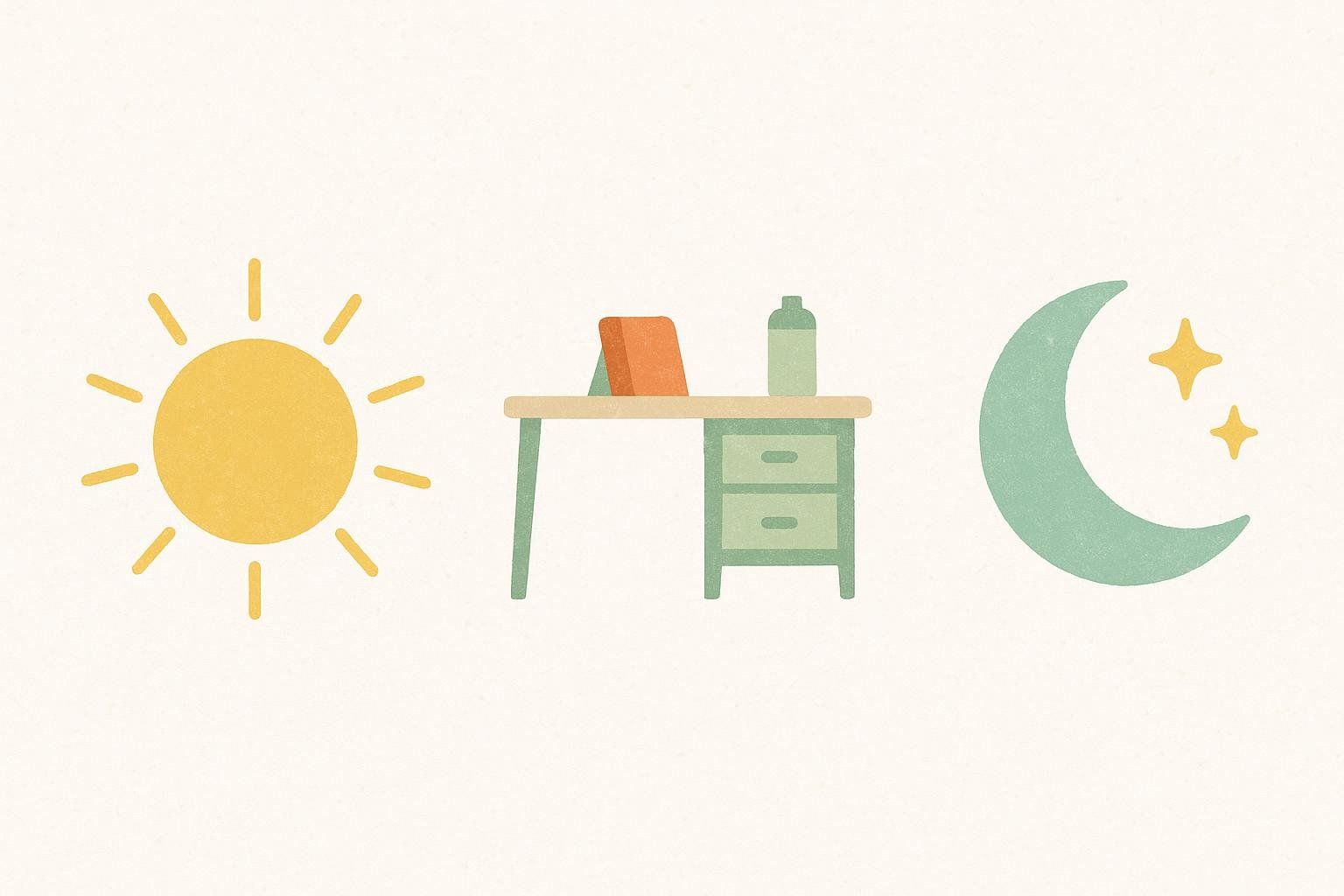
Standard 7-Day Exercise Calendar
| Day | Morning (in bed) | Midday (at work or home) | Evening (home) |
|---|---|---|---|
| 1 | Ankle Pumps × 30 | Plantar Fascia Massage 2 min | Seated Towel Stretch 3 × 30 s |
| 2 | Toe Spreads × 20 | Wall Calf Stretch 3 × 30 s | Ice Bottle Roll 5 min |
| 3 | Ankle Alphabet A–Z | Short-Foot Doming 3 × 10 | Standing Calf Stretch 3 × 30 s |
| 4 | Repeat Day 1 moves | Heel Raise on Floor 3 × 12 | Toe Curls With Towel 3 × 15 |
| 5 | Repeat Day 2 moves | Heel Raise w/ Towel 3 × 12 | Band Ankle Inversion 3 × 15 |
| 6 | Repeat Day 3 moves | Single-Leg Heel Raise (step) 3 × 8/side | Big-Toe Extension Stretch 3 × 30 s |
| 7 | Self-Assessment* | 10-min Walk Test | Ice Bottle Roll 5 min + stretch of choice |
Self-Assessment: Rate pain while walking 100 ft and note any improvement from Day 1.
Gentle Start Option
If baseline pain is ≥ 4/10, repeat Days 1–3 until pain drops below 4/10, then proceed. Swap single-leg heel raises for two-leg versions and limit stretches to 20 s holds.
4. Detailed Exercise Library & Modifications
Below you’ll find step-by-step instructions for every move referenced in the 7-day plan.
Ankle Pumps
- Lie on your back with legs straight.
- Point the toes away (plantar-flex) and then pull them toward your shins (dorsi-flex).
- Pump back and forth for the prescribed reps, keeping movement smooth and pain-free.
Toe Spreads
- Sit or lie comfortably with feet flat on bed or floor.
- Spread all five toes as wide as possible without curling.
- Hold 2 s, then relax. Repeat for the prescribed reps.
Ankle Alphabet
- Sit with the working leg extended and foot hovering.
- Using your big toe like a pen, “write” the letters A–Z in the air.
- Keep movements controlled; stop if pain exceeds 3/10.
Plantar Fascia Massage
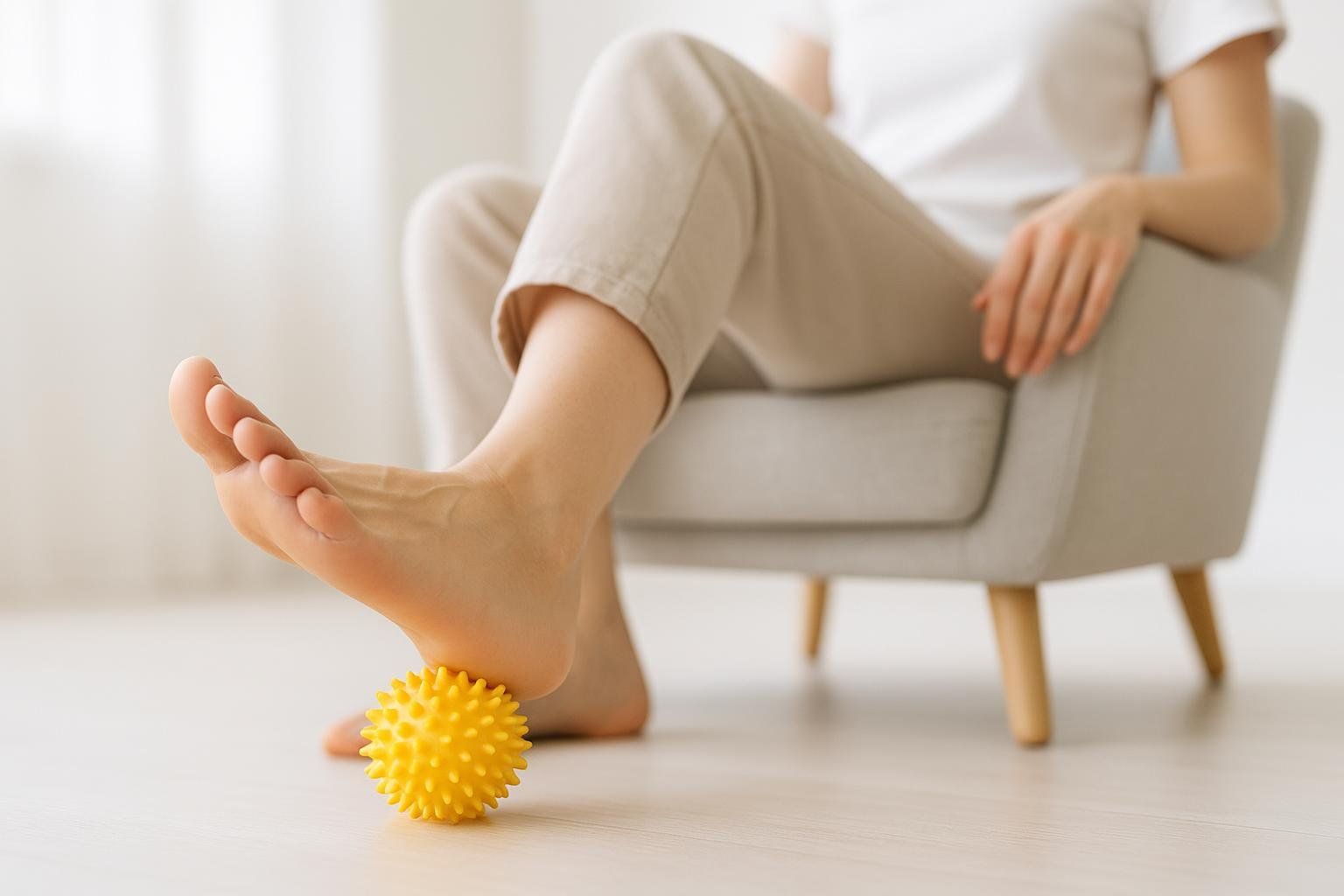
Equipment: Small ball or frozen water bottle
According to guidance from Kaiser Permanente, pairing self-massage with stretching can help ease heel pain.
- Sit or stand and place the arch on the ball/bottle.
- Roll from toes to heel with moderate pressure for 2 min per foot.
Ice Bottle Roll (Evening Recovery)
- Freeze a water bottle at least 4 hours.
- Place the bottle on the floor, sit, and roll the arch slowly for 5 min.
- Use a thin sock if the chill feels too intense.
Seated Towel Stretch
- Sit with leg straight, loop a towel around the ball of your foot.
- Pull the toes back toward your shin until you feel a stretch along the arch, underside of the heel, and in your calf.
- Hold 30 s, repeat 3 ×. Doing this before you step out of bed can curb morning pain.
Wall Calf Stretch
- Stand facing a wall with both hands at shoulder height.
- Step the affected leg back, keeping the heel flat and toes pointing forward.
- Bend the front knee until you feel a gentle stretch in the calf of the back leg.
- Hold 30 s, then relax. Repeat 3 ×.
Standing Calf Stretch
- Stand on a step or curb with heels hanging off the edge.
- Slowly lower both heels below the step until a stretch is felt in the calves.
- Hold 30 s; perform 3 ×.
- For added balance, hold a railing or wall.
Short-Foot “Doming”
- Stand barefoot with feet hip-width apart.
- Without curling your toes, press the big-toe mound into the floor and “draw” the ball of the foot toward the heel.
- You should feel the arch lift subtly.
- Hold 5 s, then relax. Perform 3 × 10 reps per foot.
Heel Raise Progression
This progression is key. A landmark study found that high-load calf raises with elevated toes were more effective than stretching alone. Use the levels below to work toward that high-load version.
| Level | Setup | Sets & Reps | Cues |
|---|---|---|---|
| Basic | Both feet on floor | 3 × 12 | Rise 2 s → pause → lower 3 s |
| Intermediate | Rolled towel under toes | 3 × 12 | Knees straight, feel stretch under foot |
| Advanced | Single-leg on step | 3 × 8/side | Drop heel below step, slow control |
Toe Curls With Towel
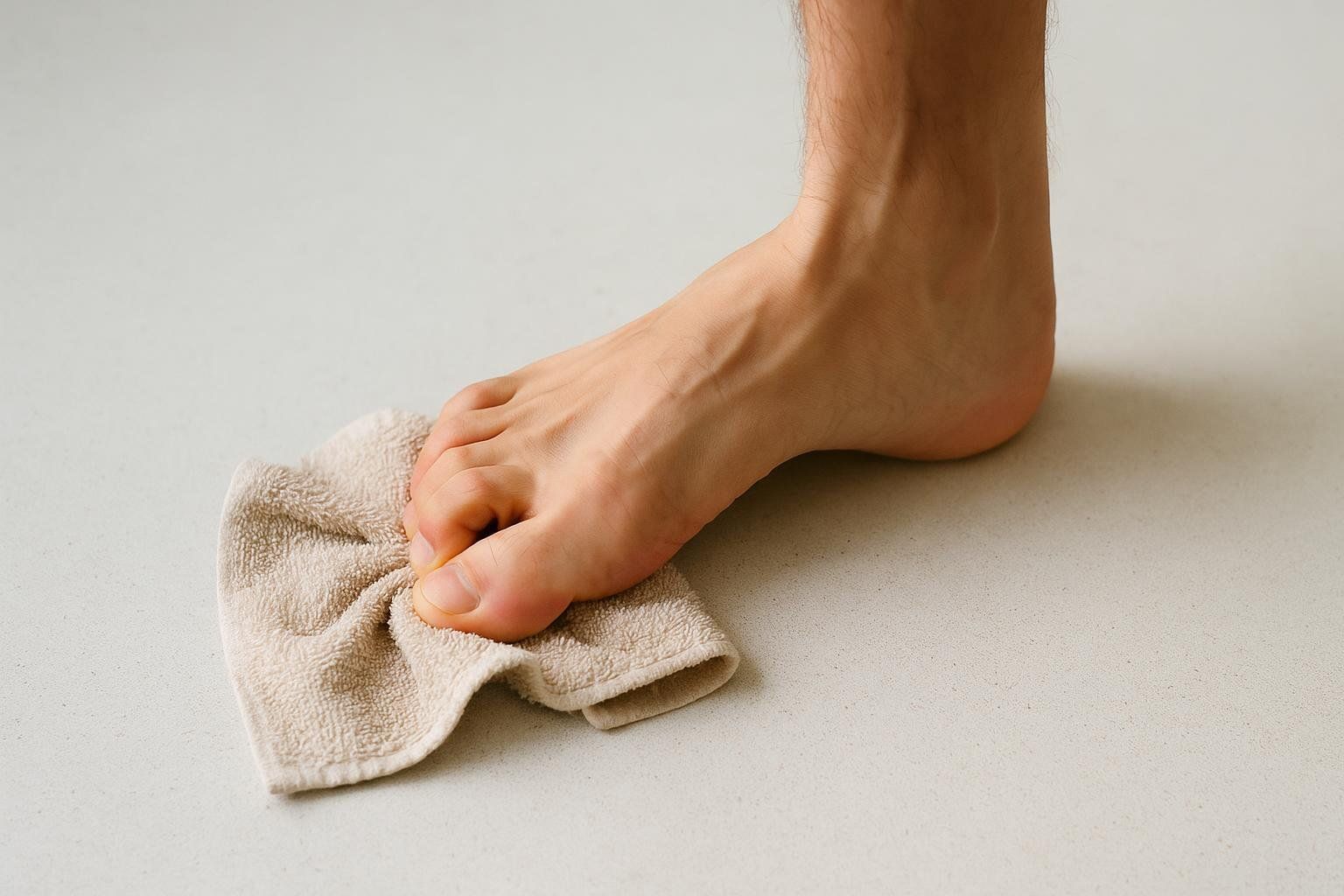
- Sit with feet flat, a hand towel under the toes.
- Curl the toes to scrunch the towel toward you.
- Reset and repeat for 3 × 15 reps; add a small weight on the far edge of the towel to progress.
Band Ankle Inversion
- Sit with legs extended and loop a resistance band around the forefoot of the working leg.
- Anchor the other end of the band to a stable object away from your body’s midline, on the same side as your working foot (e.g., when exercising the right foot, anchor just to your right).
- Starting with the foot neutral, slowly turn (invert) the sole inward against the band.
- Return to neutral under control. Perform 3 × 15 reps per foot.
Big-Toe Extension Stretch
- Cross the affected ankle over the opposite knee.
- Gently pull the big toe back toward the shin until you feel a moderate stretch under the arch.
- Hold 30 s, repeat 3 ×.
Modifications for Specific Lifestyles
Active Runners
- Add a 5-minute warm-up with pre-run mobility drills before runs.
- On Day 6, use an eccentric focus during the Single-Leg Heel Raise: rise normally, then take 3 s to lower the heel (3 × 10/side).
- Keep weekly mileage ≤ 70 % of normal until pain ≤ 2/10.
Office Workers
- Keep a massage ball under your desk for mini-sessions.
- Do seated ankle pumps and toe spreads hourly.
- Choose supportive shoes with a slight heel drop instead of flat sandals.
Fitness Instructors
- Cue quality over quantity: Emphasize “pain-free range” and controlled tempo when teaching clients.
- Progressions roadmap: Start clients on Basic Heel Raises for Week 1; advance when pain stays ≤ 2/10.
- Integrate into warm-ups: Slot Short-Foot Doming and Toe Spreads between sets to reinforce foot activation.
- Form checks: Watch for collapsing arches and coach a slight tripod foot (big toe, little toe, heel).
5. Common Mistakes & Lifestyle Tweaks
Mistakes to Avoid
- Going too hard, too soon. Fascia adapts slowly—follow the calendar.
- Skipping strength work. Stretching alone often provides only temporary relief; strengthening is crucial for long-term recovery.
- Stretching cold muscles. Warm tissue first with ankle pumps or a short walk.
- Relying on gadgets alone. Massage guns and night splints help but can’t replace consistent exercise.
Footwear, Orthotics & Other Tweaks
- Supportive shoes can reduce peak plantar pressures.
- Prefabricated orthoses offer moderate pain relief compared with sham inserts.
- Ice massage after long standing shifts can calm inflammation.
- Weight management: Higher body weight is linked to elevated plantar pressures; a small randomized trial showed that modest weight loss significantly reduced those forces and eased heel pain. Monitoring changes with a DEXA scan can be a valuable part of this strategy.
- Rest days: Include 1–2 low-impact sessions (cycling, swimming) per week during early rehab.
6. When to See a Pro + FAQ
When Professional Help Makes Sense
Seek medical or physical-therapy guidance if:
- Pain persists > 6 weeks despite the program.
- You notice tingling or loss of foot sensation.
- Heel pain accompanies calf swelling (rule out DVT).
FAQ
How soon will I feel better?
Many people notice relief within 7–14 days, but complete healing often takes several months—especially in chronic cases (see expert insights from Summit Health).
Should I stop all running or walking?
Not necessarily. Keep pain below 3/10 during and after activity. If it spikes, scale back.
Do night splints help?
They can lessen morning pain by gently stretching the fascia overnight, though adherence varies.
Can I do these exercises if I’m pregnant?
Yes. The American College of Obstetricians and Gynecologists advises avoiding prolonged supine positions after the first trimester; choose seated or standing versions of these moves.
What if the exercises make my pain worse?
Scale back to the Gentle Start Option and focus on massage + ice. If pain persists, consult a professional.
Ready to Start?
Commit to the plan, listen to your body, and track your progress. Consistency is key to walking more comfortably again.
